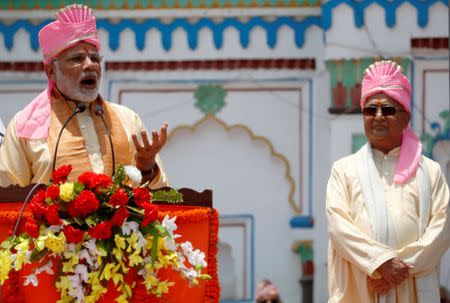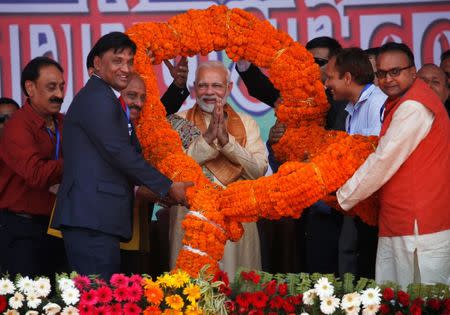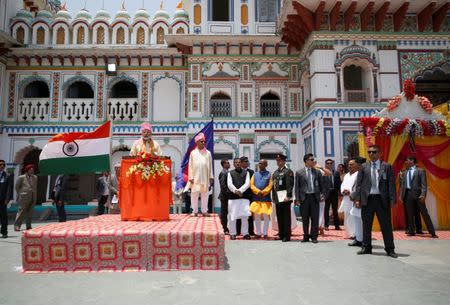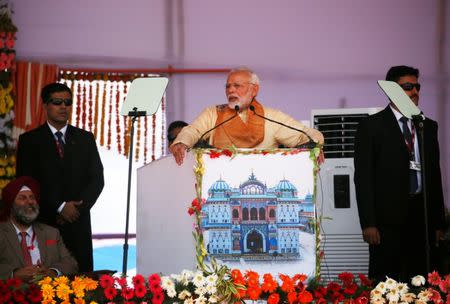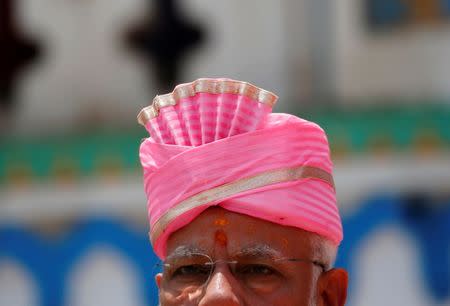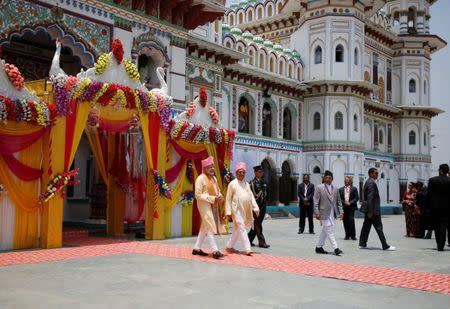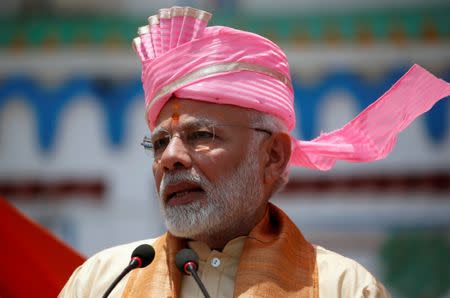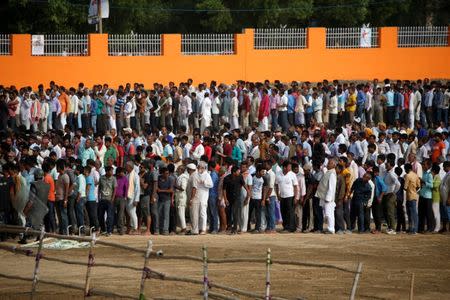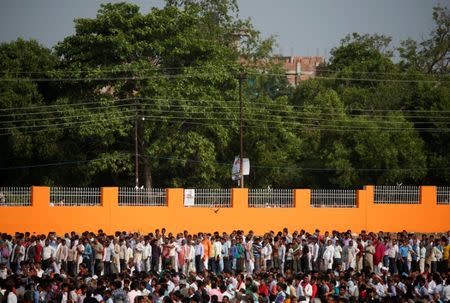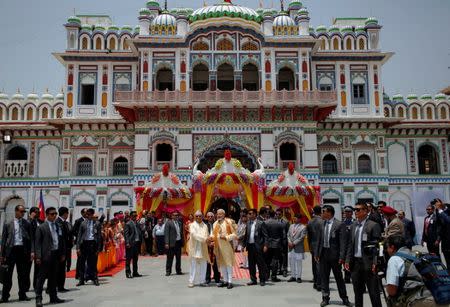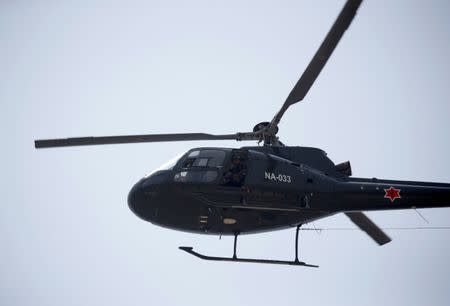India and Nepal PMs launch construction of 900 MW power plant
By Gopal Sharma KATHMANDU (Reuters) - Indian Prime Minister Narendra Modi on Friday visited Nepal to launch building work with his counterpart K.P.Sharma Oli on the country's biggest hydroelectric project, as New Delhi seeks to rebuild trust in the Himalayan republic, where China has made deep inroads. At a ceremony in Kathmandu, Modi and Oli pushed a button that opened the curtain on a plaque at the site of the 900 MW hydro-power project, formally marking the start of construction work there. The project, which is expected to cost $1.04 billion and is being built by state-run Indian firm Satluj Jal Vidyut Nigam (SJVN) Limited, will be the single biggest foreign investment project in cash-strapped Nepal. India has an open border with Nepal and tens of thousands of Nepalis work in India. The two countries share close religious and cultural bonds. But India has been slow to implement projects despite ambitious plans, and it has also often been a target of Nepali politicians critical of what they see as meddling by their much bigger neighbor. China, on the other hand, is pouring aid and investment into Nepali hospitals, roads and hydroelectric plants. "As Nepal enters a new era of consolidating the gains of a democracy and achieving economic growth, India remains a steadfast partner," Modi said on Twitter before his visit. Project officials say they are in the final stages of agreement with the State Bank of India for investment of about 36 billion rupees ($535 million) for the Arun 3 project, with the rest coming from SJVN. The project is moving forwards just as a Chinese proposal to build a 750 MW power plant in west Nepal has run into a roadblock. China's Three Gorges International Corp is haggling for better terms, Nepali officials said. "The power plant will provide employment, economic and business opportunities to Nepal," Modi told reporters. Last year Nepal canceled the award of a 1,200 MW power project called Budhi Gandaki to a Chinese company. Ahead of Modi's visit, Nepal's Energy Minister Barsha Man Pun on Tuesday announced that the government would invite global bids for building the Budhi Gandaki project. Modi is visiting for the first time since protests for a greater say in government by ethnic Madhesis, in Nepal's lowland south, led to the closure of the border for months in 2015 and 2016. The blockade choked off Nepal's imports of fuel, medicine and construction material just as it was struggling to recover from the worst earthquake on record in which 9,000 people were killed. Many in Nepal saw India's hand in the protests although India denied that. Guna Raj Luintel, editor of the Nagarik daily, said there was lingering anger toward India over the blockade. "Modi is under pressure to bring the Nepal ties back to normal and win the confidence of the Nepali people," Luintel told Reuters. After arriving in Nepal, Modi offered prayers at a Hindu temple in the border town of Janakpur, which was a hub of the Madhesi protests in which more than 50 people were killed. He pledged 1 billion rupees for the development of Janakpur. "Nepal is ahead of all in our (policy of) neighborhood first," Modi said. ($1 = 67.2750 Indian rupees) (Reporting by Gopal Sharma; Editing by Robert Birsel and Hugh Lawson)
